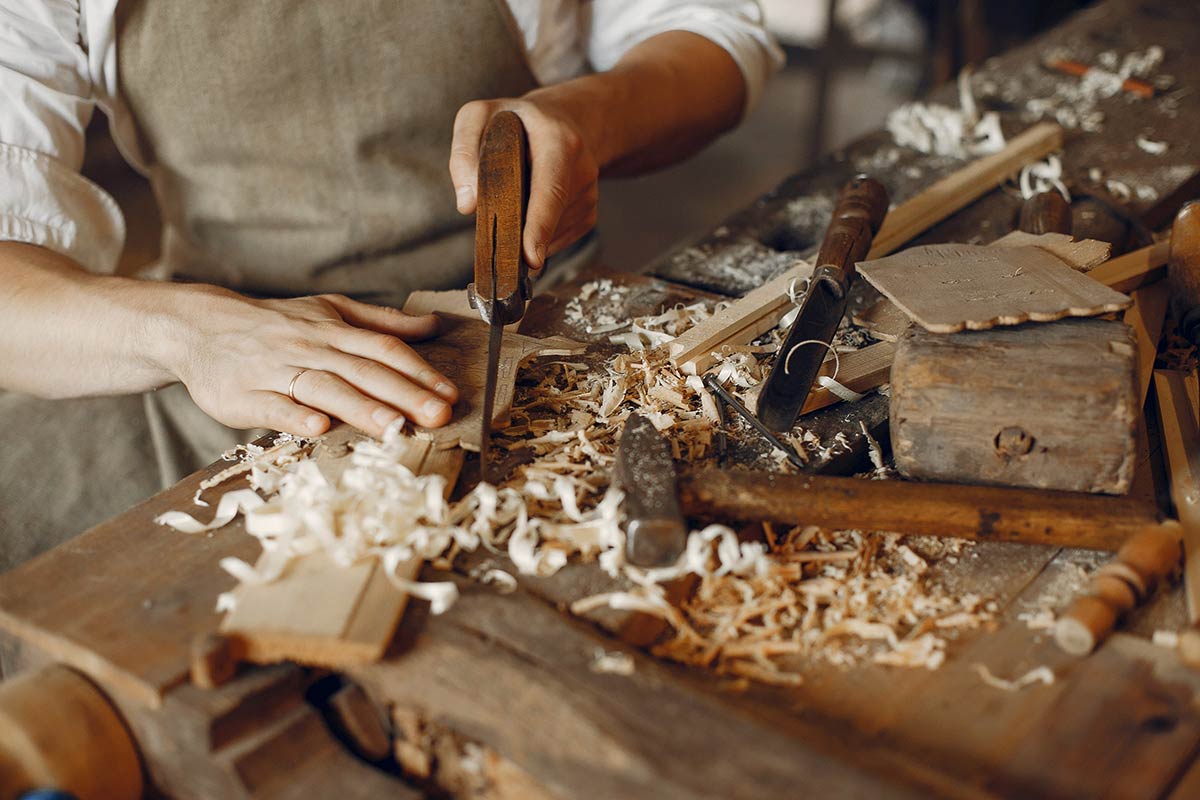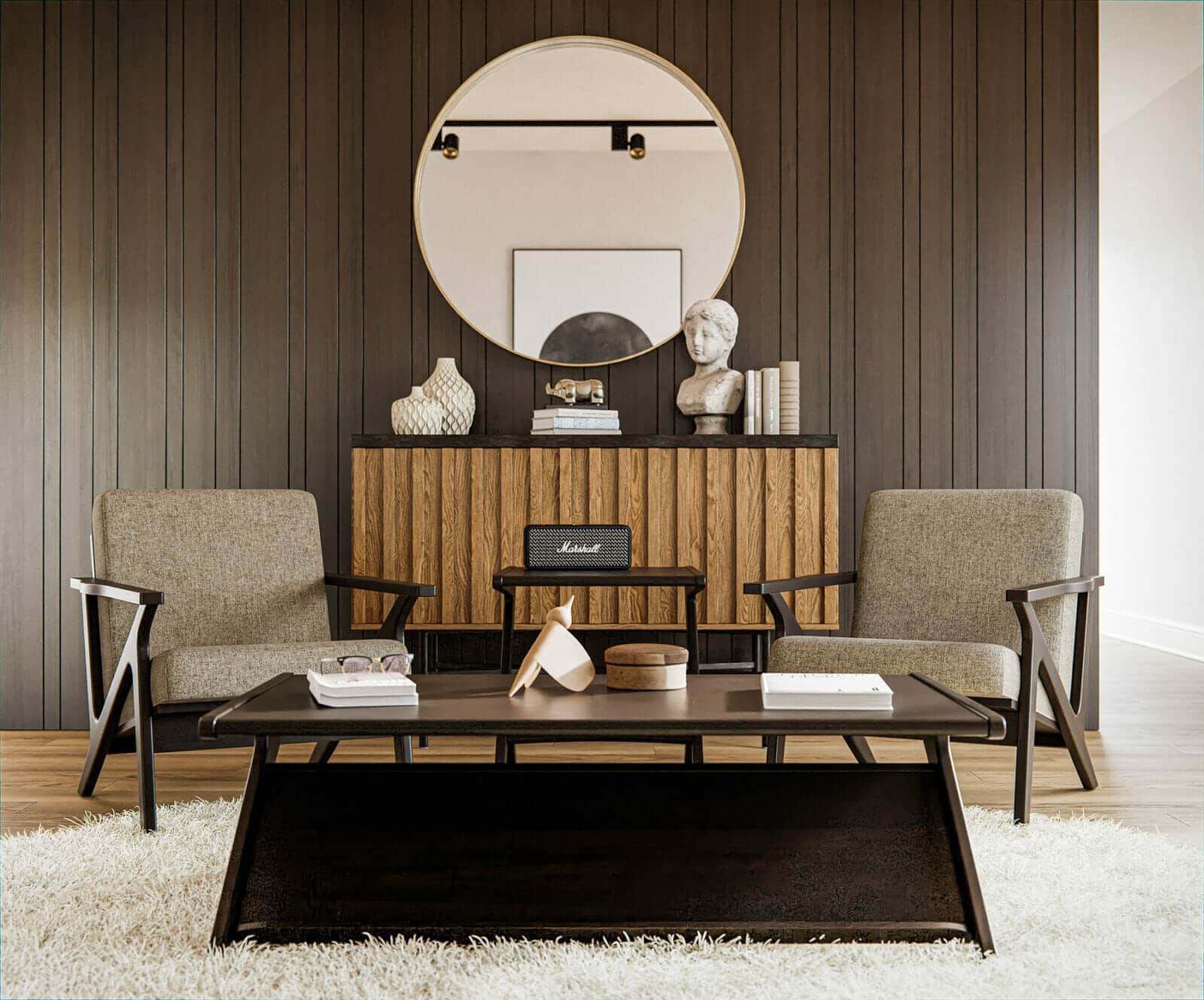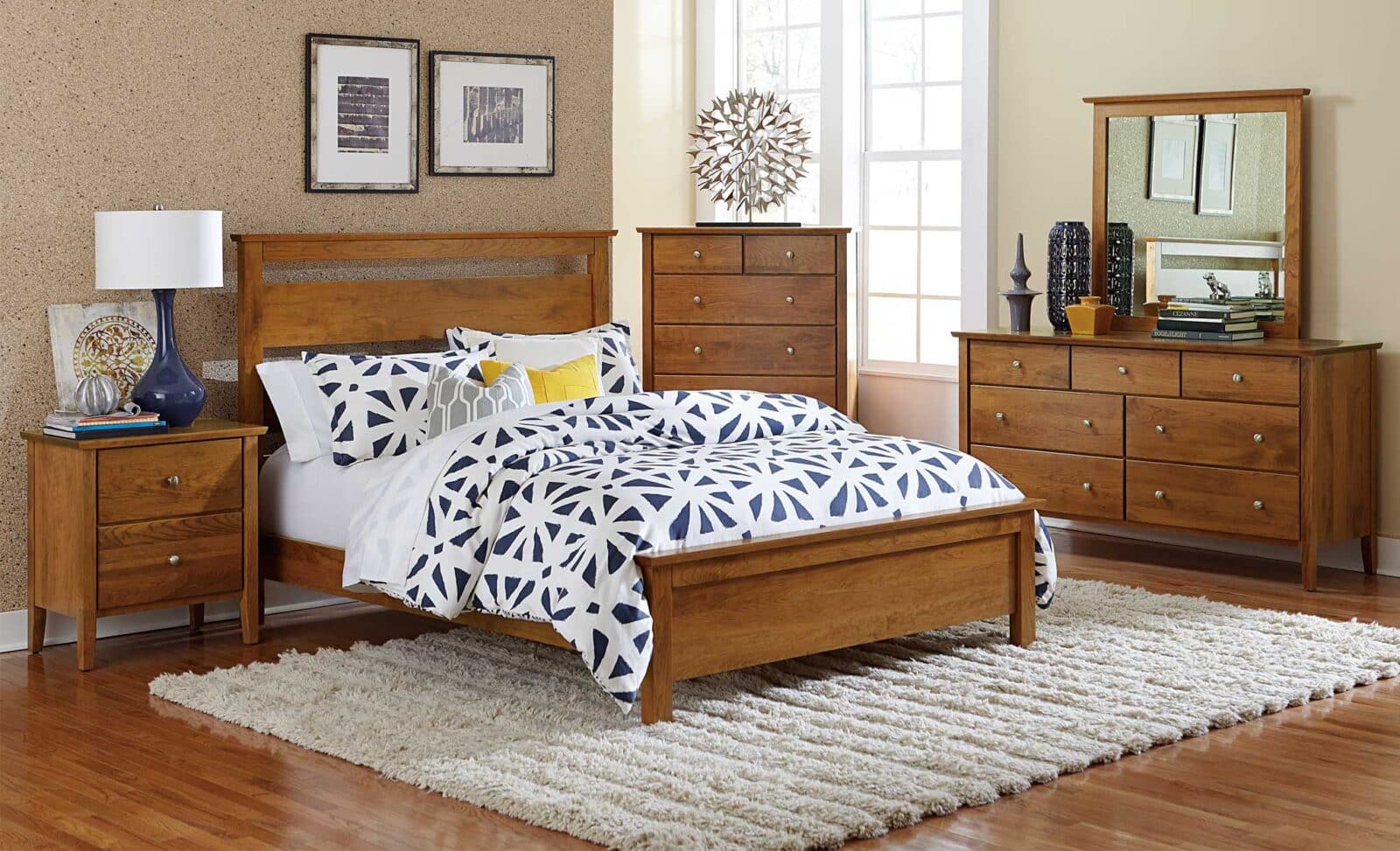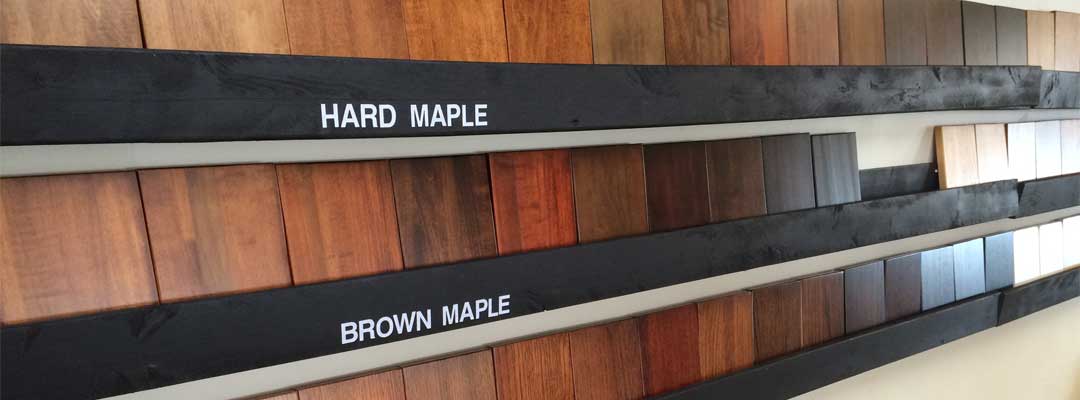When a commercial furniture company produces its wares, profit typically dictates its bottom line. Like many businesses, the main goal is to make as much as possible over what it costs to produce and/ or sell a product. Less-expensive materials are used and best carpentry practices are replaced with shortcuts designed to build furniture more quickly, but not any better. Mass-produced furniture often times looks good, at least for a time. But mediocre workmanship and low-grade materials soon begin to show as wood buckles, chairs come apart, and drawers become difficult to open and close.
Craftsmanship + Excellent Materials = Quality Furniture
The differences in Amish furniture is it take time, knowledge, and skill gained from years of experience. Some of these time-tested characteristics of Amish fine furniture carpentry include:
- Dovetailed drawers
- Mortise-and-tenon joinery
- Countersunk screws in lieu of nails
- Stretcher-based chairs
- Solid-wood construction instead of laminates or particle board
- Kiln-dried wood to prevent warping, splitting, or cracking
The Amish create furniture not only to make a living, but to honor their craft. Each piece is made as though it were going into the craftsman’s very own home. As you can see, our of customer testimonials undeniably confirms the superiority of Amish craftsmanship.
Made for more than just money
The Amish artisan creates handcrafted furniture not only to provide for his family, but as a reflection of his spiritual beliefs. A job well done signifies a commitment to highly meaningful labor. Apprenticeship begins at an early age, and quality is taught as a way of life – and work, a devout expression of one’s spiritual service.
So when you are thinking of handmade furniture, of pieces made so well and so beautifully they’ll be handed down for generations to come, think of Amish-made furniture.
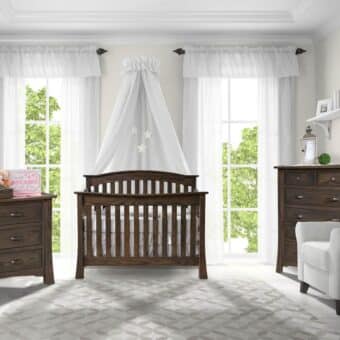
![Carlston Amish Bedroom Set [Sap Cherry with a Mineral finish]](https://eadn-wc01-1253085.nxedge.io/wp-content/uploads/2022/07/Carlston-Mineral-340x340.jpg)

![Malaya Amish Collection [Chair, Sofa, and Coffee Table]](https://eadn-wc01-1253085.nxedge.io/wp-content/uploads/2022/09/Malaya-Setting-IDB-150x150.jpg)

